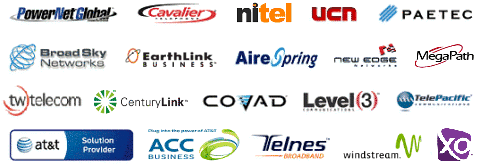T1 Data Transfer Is Getting More Affordable!
Although many individuals predicted the conclusion of price erosion for a T1 internet line, T1 costs continue to fall. Service providers are up against tough competition and are determined to get new clients to fill their pipes and turn a profit. Are you ready to negotiate for a rock bottom price? Just before you do, give consideration to a few of causes for the drop in the price on T1 bandwidth in Jamestown.
T1 bandwidth pricing has come down as companies have gone out of business and the large number of telecommunications companies are fighting for a place in a smaller market. While many service providers did have room to lose margin, many have come dangerously close to the edge of selling circuits at a loss and many have gone beyond this point. It seems that in the race to the bottom many providers failed to learn the lesson that selling at a loss does not create a long lasting and healthy company no matter how many circuits or widgets you sell. Many companies selling at a loss have already been in bankruptcy and look like they will repeat this exercise as they did not learn from their first go around. So, solvency of the T1 internet service provider should be a consideration when looking at great bargains.
Another consideration in bargain shopping for T1 service is the fact that all T1's are not created equal. Many providers are convinced (and rightly so) that customers are focused on price and are not concerned with quality of service. Many providers in Jamestown are now oversubscribing T1 service connections as though they were DSL connections. This means you may not get the bandwidth you thought you would get. Make sure when you look for that bargain price you also review the SLA (Service Level Agreement) and make sure the contract protects you and guarantees you will get the bandwidth to which they committed. Remember, when bargain hunting for T1 service you'll most likely get what you pay for.
We connect you with Ohio T1 line. This page is a short list of the services specifically offered by T1Market in Jamestown.
As we go forward, our objective is to continually enhance our product offerings. We now provide enterprise items usually employed by larger corporations, namely: fiber ethernet, MPLS network service, OC3, and cloud computing bandwidth delivered over a fiber optic backbone. Several of our carriers also offer free managed Cisco routers for multi-year contracts. Mainly, our objective is to create a bond with you - our client - that will definitely last for years to come. Obtaining your trust is exactly what we do here. Conserving you money on low-cost bandwidth services is just how we keep it.


